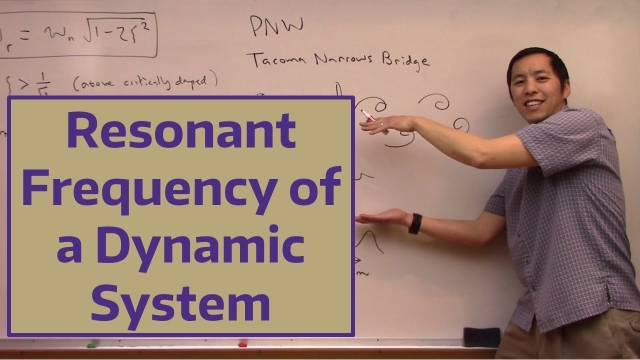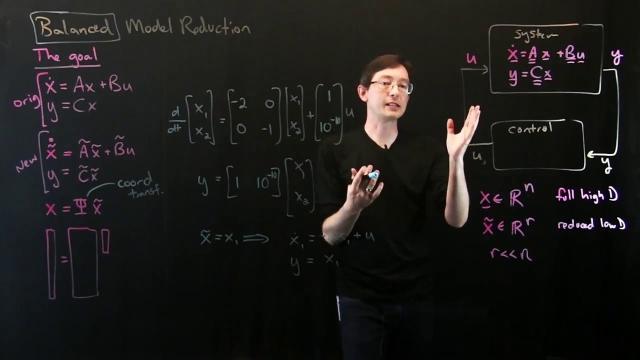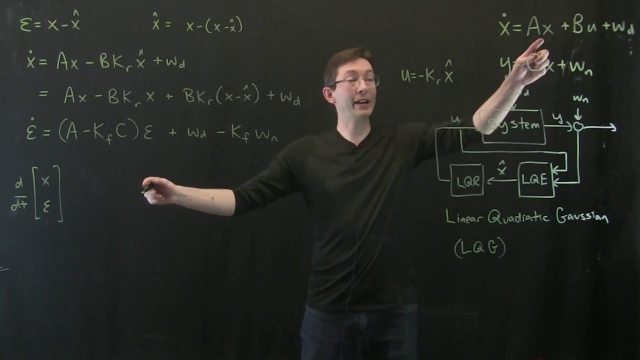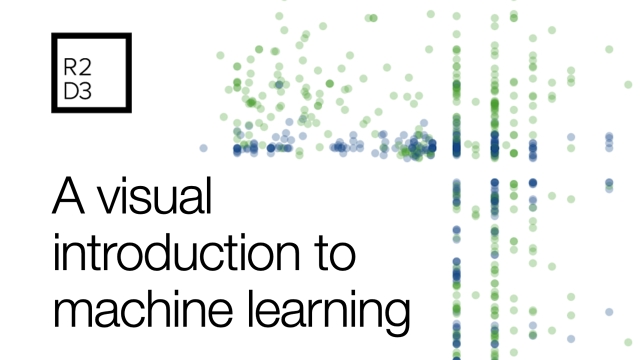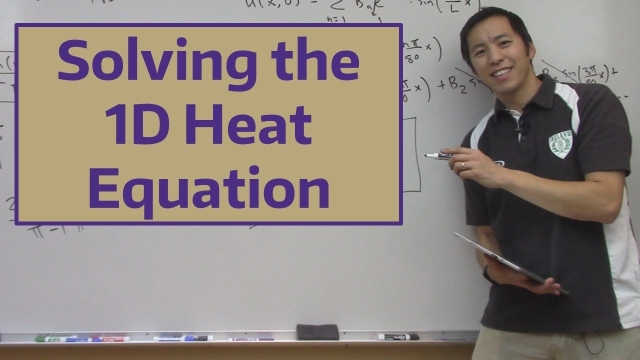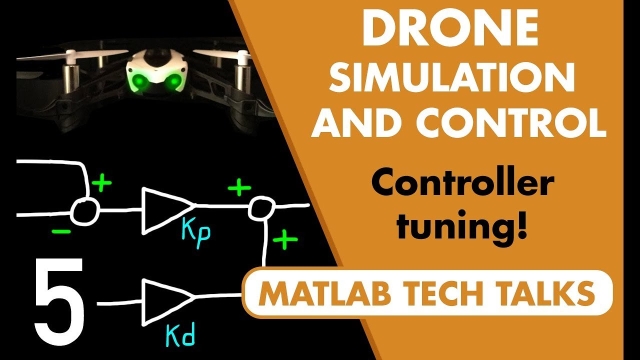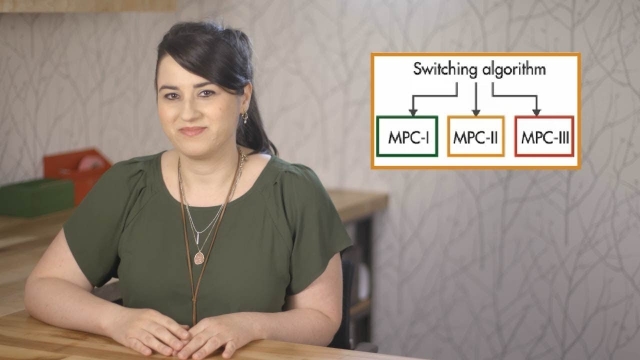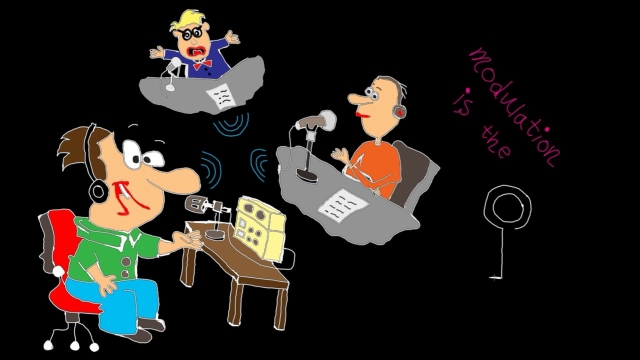
Type
Experience
Scope
Second Order Dynamics Example
How will a second order process respond in the time domain when subjected to a unit step input? What other behaviors can we expect to see and why? Tune in to...
See MorePeter Ponders PID - Cascade Control Part1
I cover whether cascade control is necessary. Why there needs to be a feed back for every loop. How to calculate gains. Bode plots and ratio of the inner t...
See MoreTUTORIAL on Stability and Routh Hurwitz criterion
RL Course by David Silver - Lecture 1: Introduction to Reinforcement Learnin...
Introduces reinforcment learning (RL), an overview of agents and some classic RL problems.
See MoreData Preprocessing and the Short-Time Fourier Transform | Deep Learning for ...
Data in its raw form might not be ideal for training a network. There are some changes we can make to the data that are often desired or sometimes necessary in order to make training faster...
See MoreKoopman Spectral Analysis (Multiscale systems)
In this video, we discuss recent applications of data-driven Koopman theory to multi-scale systems.
See MoreRouth-Hurwitz Criterion, An Introduction
This video gives an introduction into the Routh-Hurwitz Criterion and the Routh Array. I also present a little background information in order to emphasize why the method was developed and...
See MoreTikZ source Code: Two systems in negative feedback
TikZ source Code: Two systems in negative feedback
See MoreLinear Systems of Equations
This video describes linear systems of equations and when they have solutions.
See MoreFinding Roots of a Polynomial Using Matlab, Mathematica, and a TI-83
In this video we show how to use Matlab and Mathematica to solve for roots of an arbitrary order polynomial. For fun, we also show how an old graphing calcu...
See MoreTikZ source Code: Sliding Mode Control Example System 2
TikZ source Code: Sliding Mode Control Example System 2
See MoreData-Driven Control: Balanced Truncation
In this lecture, we describe the balanced truncation procedure for model reduction, where a handful of the most controllable and observable state directions are kept for the reduced-order...
See MoreSVD: Eigenfaces 1 [Python]
This video describes how the singular value decomposition (SVD) can be used to efficiently represent human faces, in the so-called "eigenfaces" (Python code, part 1).
See MoreResonant Frequency of a Dynamic System
In this video we discuss the resonant frequency of a dynamic system. We show how the resonant frequency, natural frequency, and damped natural frequency are...
See MoreData-Driven Control: The Goal of Balanced Model Reduction
In this lecture, we discuss the overarching goal of balanced model reduction: Identifying key states that are most jointly controllable and observable, to capture the most input—output...
See MoreControl Bootcamp: Linear Quadratic Gaussian (LQG)
This lecture combines the optimal full-state feedback (e.g., LQR) with the optimal full-state estimator (e.g., LQE or Kalman Filter) to obtain the sensor-based linear quadratic Gaussian (LQG...
See MoreA Visual Introduction to Machine Learning
Machine Learning Explained in interactive visualizations (part 1).
See MoreSolving the 1D Heat Equation
In this video we simplify the general heat equation to look at only a single spatial variable, thereby obtaining the 1D heat equation. We solving the result...
See MoreDrone Simulation and Control, Part 5: Tuning the PID controller
In the last video, we learned how accurate, nonlinear models are great for simulation but they don’t lend themselves well to linear analysis and design. This video takes the nonlinear model...
See MoreNumerically Linearizing a Dynamic System
In this video we show how to linearize a dynamic system using numerical techniques. In other words, the linearization process does not require an analytical description of the system. This...
See MoreFrequency domain – tutorial 6: Fourier transform tables
In this video, we learn about Fourier transform tables which enable us to quickly travel from time to the frequency domain. The main learning objective is to...
See MoreMATLAB Sensor Array Analyzer App
The Sensor Array Analyzer app enables you to construct and analyze common sensor array configurations. These configurations range from 1-D to 3-D arrays of antennas, sonar transducers, and...
See MoreComputing the DFT Matrix
This video discusses how to compute the Discrete Fourier Transform (DFT) matrix in Matlab and Python. In practice, the DFT should usually be computed using the fast Fourier transform (FFT)...
See MoreUnderstanding Model Predictive Control, Part 4: Adaptive, Gain-Scheduled and...
This video explains the type of MPC controller you can use based on your plant model, constraints, and cost function. An optimization problem with these properties is a convex one, and you...
See MoreFrequency domain – tutorial 10: modulation
In this video, we learn about modulation technique which is commonly used in communication systems to send information from transmitter to receiver. The foll...
See More
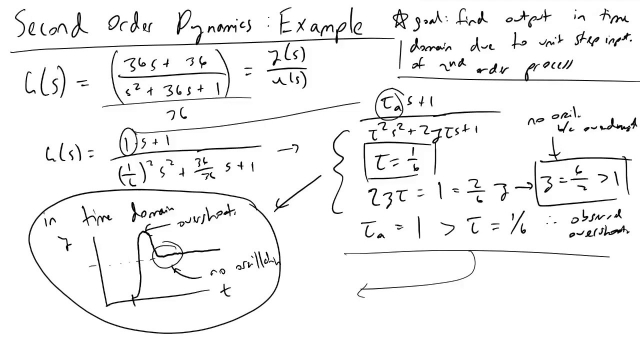
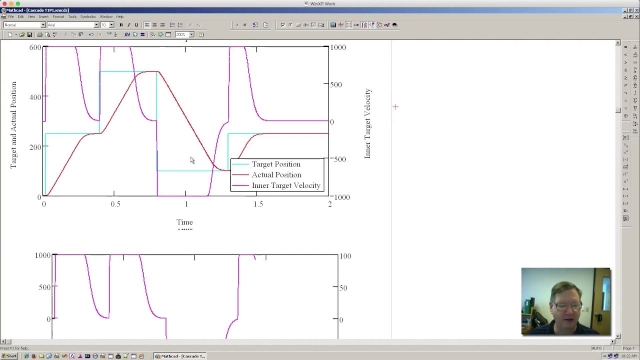

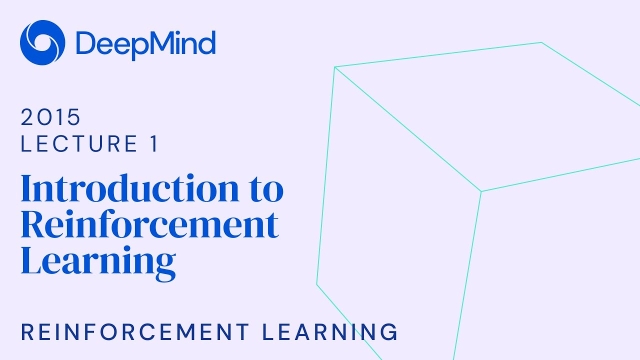

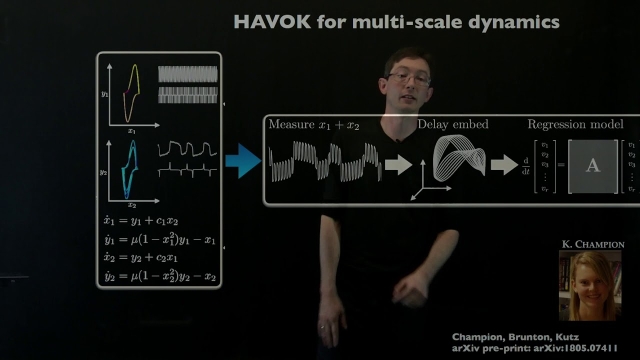

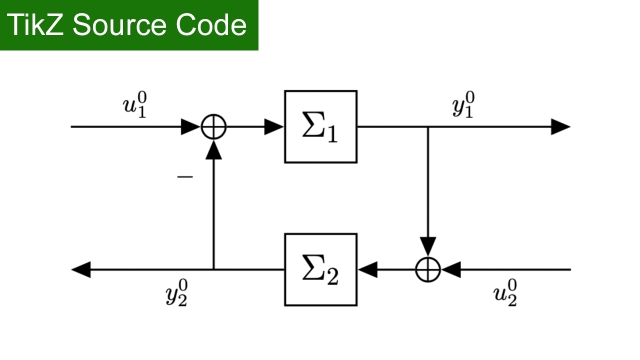

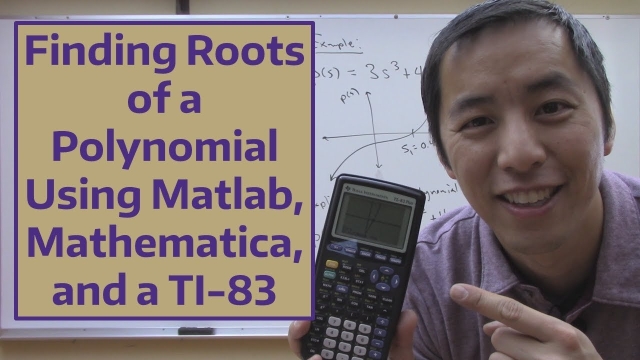
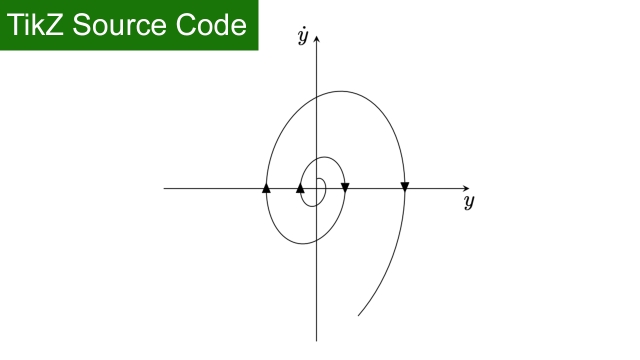
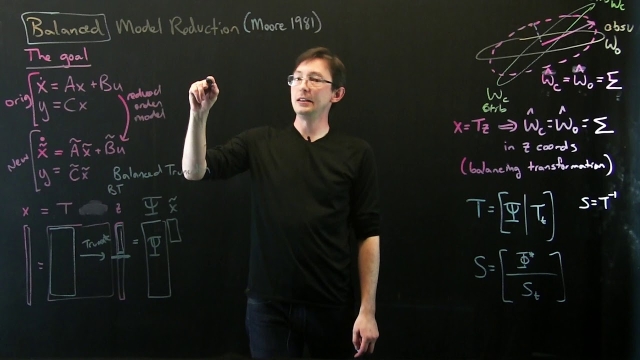
![SVD: Eigenfaces 1 [Python]](/sites/default/files/styles/search_resulkts/public/2020-12/maxresdefault_413.jpg?itok=Ieh39q9N)
